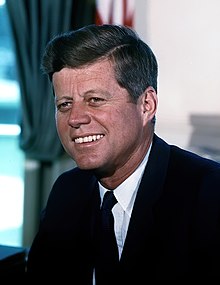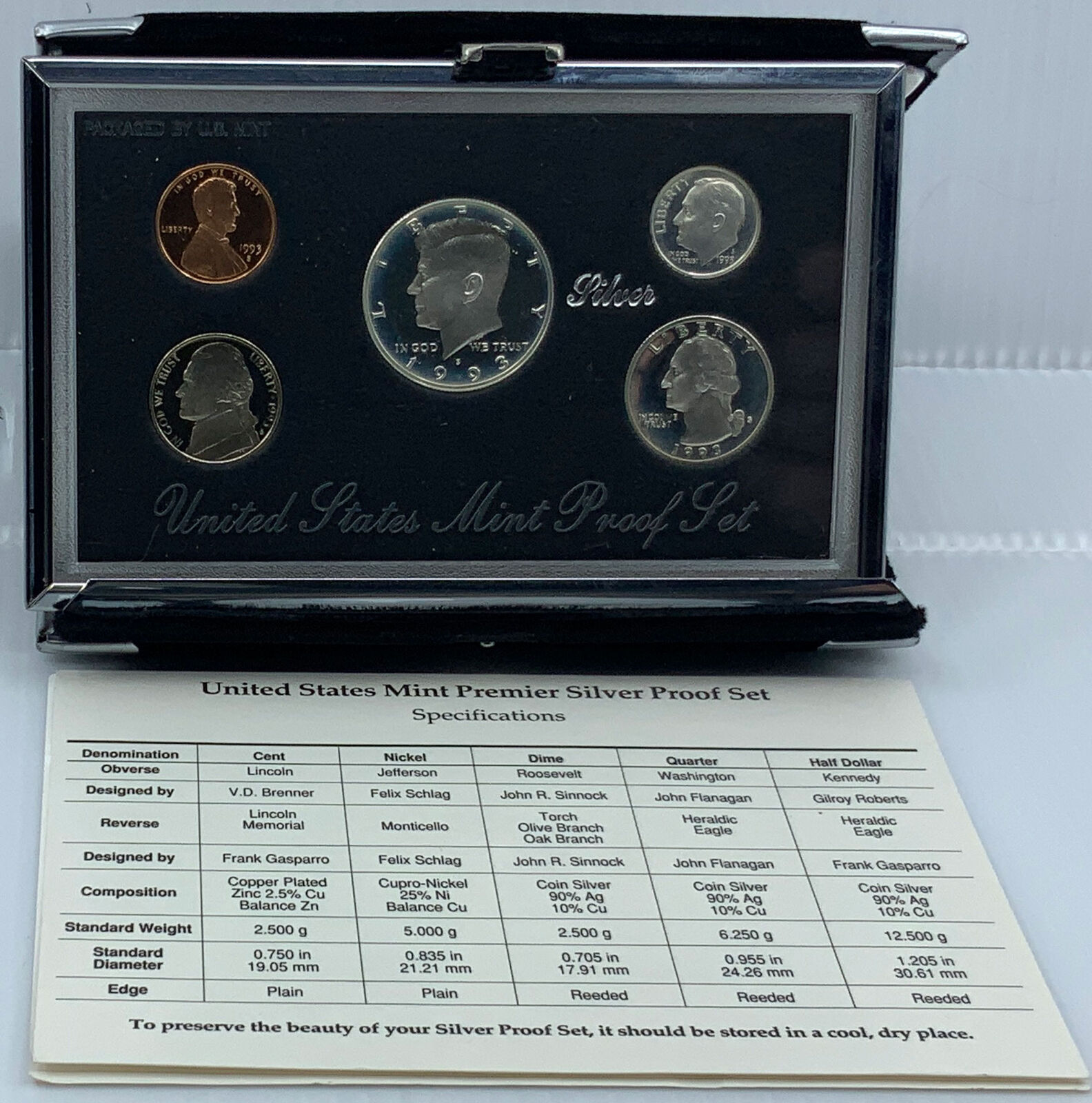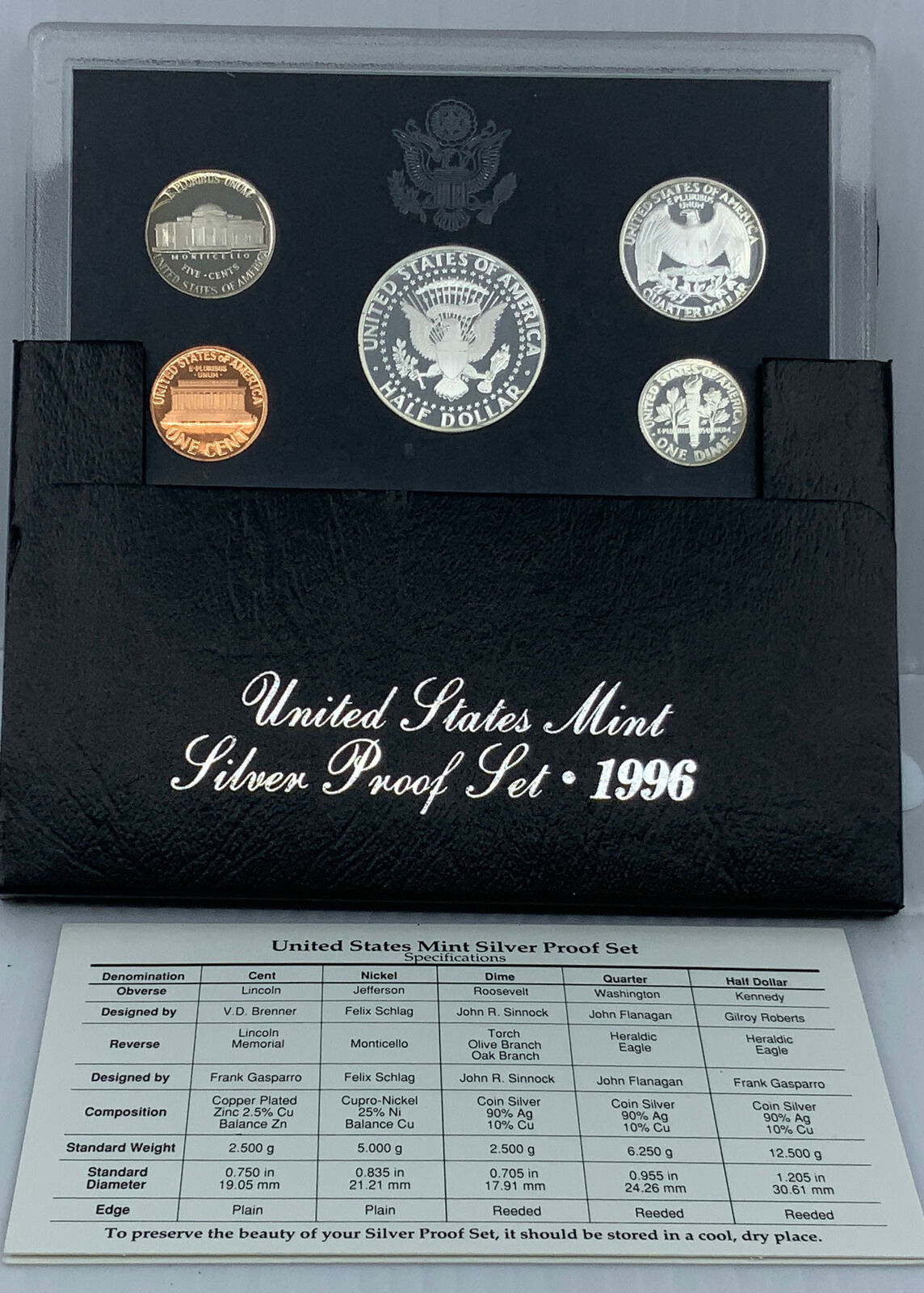|
United States of America
John F. Kennedy
1976 Bicentennial of the Founding of America Issue
Copper-nickel clad 30.6mm (11.34 grams) (.750 copper, .250 nickel)
Denver mint
Designers:: Seth G. Huntington and Gilroy Roberts
LIBERTY IN GOD WE TRUST 1776-1976, head of president John F. Kennedy
left; D below neck.
UNITED STATES OF AMERICA HALF DOLLAR, Independence Hall in Philadelphia; 200
YEARS OF FREEDOM in field to left; E PLURIBUS UNUM in field to right;
INDEPENDENCE HALL in field below.
1976 was a very important year as it is a year to celebrate the 200th
anniversary of the Declaration of Independence in 1776 and the creation of the
united states of America. Independence Hall was where the Declaration of
Independence and the United States Constitution were debated and adopted.
You are bidding on a coin in similar condition to the one pictured, provided with a Certificate of Authenticity and Lifetime
Guarantee of Authenticity.
The United States Bicentennial was a series of
celebrations and observances during the mid-1970s that paid tribute to the
historical events leading up to the creation of the United States of America as
an independent republic. It was a central event in the memory of the
American Revolution
. The Bicentennial
culminated on Sunday, July 4, 1976, with the
200th anniversary
of the adoption of the
Declaration of Independence
.

Independence
Hall is where both the
United States Declaration of Independence
and
the
United States Constitution
were debated and
adopted. It is now the centerpiece of
Independence National Historical Park
in
Philadelphia
,
Pennsylvania
.
The building was completed in 1753 as the colonial legislature (later
Pennsylvania State House
) for the
Province of Pennsylvania
. It became the
principal meeting place of the
Second Continental Congress
from 1775 to 1783
and was the site of the
Constitutional Convention
in the summer of
1787. The building is part of
Independence National Historical Park
and is
listed as a
World Heritage Site
.
Preparation for
construction
By the spring of 1729 the citizens of Philadelphia were petitioning to be
allowed to build a state house. Two thousand pounds were committed to the
endeavor. A committee composed of
Thomas Lawrence
, Dr. John Kearsley, and
Andrew Hamilton
was charged with the
responsibility of selecting a site for construction, acquiring plans for the
building, and contracting a company for the purpose of construction. Hamilton
and
William Allen
, were named trustees of the
purchasing and building fund and authorized to buy the land that would be the
site of the state house. By October 1730 they had begun purchasing lots on
Chestnut Street
.
By 1732, even though Hamilton had acquired the deed for Lot no. 1 from
surveyor David Powell, who had been paid for his work with the lot, tensions
were rising among the committee members. Dr. John Kearsley and Hamilton
disagreed on a number of issues concerning the state house. Kearsley, who is
credited with the designs of both
Christ Church
and
St. Peter’s Church
, had plans for the structure
of the building, but so did Hamilton. The two men also disagreed on the
building’s site; Kearsley suggested High Street, now
Market Street
, and Hamilton favored Chestnut
Street. Lawrence said nothing on the matter.
Matters reached a point where arbitration was needed. On August 8, 1732,
Hamilton brought the matter before the House of Representatives. He explained
that Kearsley did not approve of either Hamilton’s plans for the location and
architecture of the state house and went on to insist the House had not agreed
to these decisions. In response to this, Hamilton, on August 11, showed his
plans for the state house to the House, who accepted them. On August 14, the
House sided with Hamilton, granting him full control over the project, and the
site on the south side of Chestnut Street between Fifth and Sixth Streets was
chosen for the location of the state house. Ground was broken for construction
soon after.
Structure
Independence Hall is a red brick building designed in the
Georgian style
. It consists of a central
building with belltower and steeple, attached to two smaller wings via arcaded
hyphens
. The highest point to the tip of the
steeple spire is 168 ft, 71⁄4 inches
above the ground.
The State House was built between 1732 and 1753, designed by
Edmund Woolley
and
Andrew Hamilton
, and built by Woolley. Its
construction was commissioned by the
Pennsylvania colonial legislature
which paid
for construction as funds were available, so it was finished piecemeal. It was
initially inhabited by the colonial government of Pennsylvania as its State
House, from 1732 to 1799.
In 1752, when
Isaac Norris
was selecting a man to build the
first clock for the State House, today known as Independence Hall, he chose
Thomas Stretch
, the son of Peter Stretch his
old friend and fellow council member, to do the job.
In 1753
Thomas Stretch
erected a giant clock at the
building’s west end that resembled a tall clock (grandfather clock). The
40-foot-tall limestone base was capped with a 14-foot wooden case surrounding
the clock’s face, which was carved by
Samuel Harding
. The giant clock was removed
about 1830. The clock’s dials were mounted at the east and west ends of the main
building connected by rods to the clock movement in the middle of the building.
The acquisition of the original clock and bell by the Pennsylvania Colonial
Assembly is closely related to the acquisition of the
Liberty Bell
. By mid-1753, the clock had been
installed in the State House attic, but six years were to elapse before Thomas
Stretch received any pay for it.

John
Fitzgerald Kennedy (May 29, 1917 – November 22, 1963), commonly known as
Jack Kennedy or by his initials JFK, was an American politician
who served as the
35th
President of the United States
from January
1961 until
his assassination
in November 1963. Notable
events that occurred during his presidency included the
Bay of Pigs Invasion
, the
Cuban Missile Crisis
, the
Nuclear Test Ban Treaty
, the establishment of
the Peace Corps
, the
Space Race
—by initiating
Project Apollo
(which later culminated in the
moon landings
), the building of the
Berlin Wall
, the
African-American Civil Rights Movement
, and the
increased U.S. involvement in the
Vietnam War
.
After military service as
commander
of
Motor Torpedo Boats
PT-109
and
PT-59
during World War II in the
South Pacific
, Kennedy represented
Massachusetts’s 11th congressional district
in
the
U.S. House of Representatives
from 1947 to 1953
as a
Democrat
. Thereafter, he served in the
U.S. Senate
from that state from 1953 until
1960. Kennedy defeated Vice President and Republican candidate
Richard Nixon
in the
1960 U.S. Presidential Election
. At age 43, he
was the youngest man to have been elected to the office, the second-youngest
president (after
Theodore Roosevelt
), who was 42 when he became
president after the assassination of
William McKinley
. Kennedy was the first person
born in the 20th century to serve as president. To date, Kennedy has been the
only
Roman Catholic
president and the only president
to have won a
Pulitzer Prize
.
Kennedy was
assassinated
in
Dallas
, Texas on November 22, 1963.
Lee Harvey Oswald
was arrested that afternoon
and charged with the crime that night.
Jack Ruby
shot and killed Oswald two days
later, before Oswald could be prosecuted. The
FBI
and the
Warren Commission
officially concluded that
Oswald was the lone assassin. The
United States House Select Committee on Assassinations
(HSCA) agreed with the conclusion that Oswald fired the shots that killed the
president, but also concluded that Kennedy was probably assassinated as the
result of a
conspiracy
.
Since the 1960s, information concerning Kennedy’s private life has come to
light. Details of Kennedy’s health problems with which he struggled have become
better known, especially since the 1990s. Although initially kept secret from
the general public, reports of Kennedy being unfaithful in marriage have
garnered much press. Kennedy ranks highly in
public opinion ratings of U.S. presidents
but
there is a gap between his public reputation and his reputation among academics.
The Kennedy half dollar, first minted in 1964, is a
fifty-cent coin
currently issued by the
United States Mint
. Intended as a memorial to
the assassinated President
John F. Kennedy
, it was authorized by
Congress
just over a month after his death. Use
of existing works by Mint sculptors
Gilroy Roberts
and
Frank Gasparro
allowed
dies
to be prepared quickly, and striking of
the new coins began in January 1964.
The silver coins vanished from circulation upon their release in March 1964
due to collectors, hoarders, and those interested in a memento of the late
president. Although the Mint greatly increased production, the denomination was
seldom seen in circulation. Continued rises in the price of silver increased the
hoarding—many early Kennedy half dollars have been melted for their silver.
Starting with 1965-dated pieces, the percentage of fine silver was reduced from
90% to 40% (silver clad), but even with this change the coin saw little
circulation.
In 1971, silver was eliminated entirely from the coins. A special design for
the reverse of the half dollar was issued for the
United States Bicentennial
and was struck in
1975 and 1976. In addition to
business strikes
, special collector coins were
struck for the Bicentennial in silver clad; silver proof sets in which the dime,
quarter and half dollar were struck in 90% silver were first minted in 1992. In
2014 a special edition of the Kennedy half dollar was also struck in 99.99%
gold.
Even though ample supplies of circulating half dollars are now available,
their circulation is extremely limited. Since 2002, Kennedy half dollars have
only been struck to satisfy the demand from collectors, and are available at a
premium through the Mint.
|










